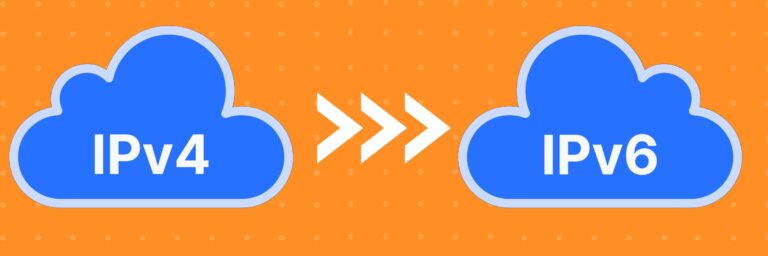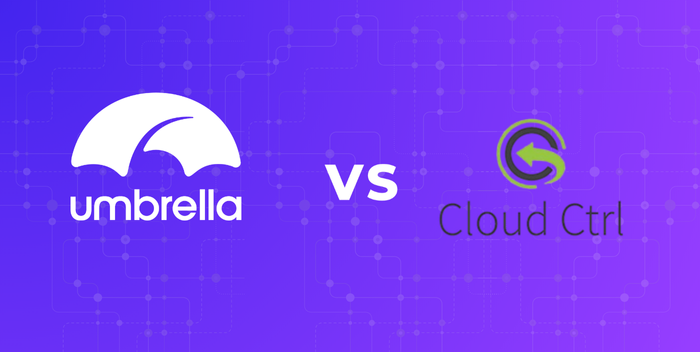Blog Post
8 min read
The Three FinOps Phases for MVP Success
Your FinOps foundations are down in your company's cloud (woohoo!), but what comes next? How can you boost your MVP success in the cloud with your FinOps strategy? In this blog post, we'll briefly dive into the three phases of your FinOps for top-notch implementation from beginning to end.
Need a refresher on setting up an MVP FinOps framework for your cloud? In part 1 of our series, we'll show you how it's done!
For deeper insights into the FinOps lifecycle phases, part 2 of our series is now available!
Recap: Establishing strong foundations in each FinOps phase with Umbrella’s model
Before we dive deep into the details of maximizing your FinOps lifecycle, here's some basic info to catch you up!
The MVP FinOps approach focuses on three key components: people, processes, and tools.
MVP FinOps team (people)
This MVP approach starts small with a cross-functional team, gradually building the FinOps practice by addressing specific challenges. Key elements include identifying an organizational home, assembling the right team members, and engaging stakeholders for initial success.
MVP operating model (processes)
This MVP FinOps approach prioritizes critical capabilities for building an early-stage FinOps practice. This includes visibility, cost allocation, and tagging strategy for accountability. Other aspects like cloud usage optimization or chargeback & finance integration can be addressed later. Simplify and enhance agility through the inform, optimize, and operate lifecycle phases.
MVP KPIs (tools)
This MVP approach simplifies the measurement of FinOps efficiency by focusing on key metrics. This allows for an assessment of the current impact of FinOps efforts and immediate insights. Initial KPIs for measuring FinOps efficiency and tooling considerations will be discussed.
Now that the FinOps MVP for the cloud has been simplified, one can delve deeper into maximizing the benefits of each lifecycle phase (inform, optimize, and operate).
The Inform phase
What is the Inform phase in the FinOps lifecycle?
The goal is to ensure everyone understands the financial impact of their decisions and can make informed choices. This phase involves regular updates, reports, discussions, decision-making meetings, and setting budgets and forecasts based on gathered information.
Develop a strategy using tags or hierarchies to improve visibility and create a detailed data set.
Establish a showback model for better accountability, providing reports highlighting cost drivers and irregularities.
Collaborate with the finance team to create a rolling forecast model accommodating seasonal variations and data anomalies.
Next iterations of the Inform phase
Evaluate your cost allocation strategy
To effectively manage costs in the cloud, allocating as much of your spending as possible is important. This involves understanding how you use cloud services, assigning costs to the right owners, and creating accurate budgets and forecasts. However, many organizations struggle with mapping data to financial reports and ensuring compliance with tagging.
As businesses and cloud usage grow, allocating shared costs and maintaining tagging compliance becomes even more challenging. By using automated tagging enforcement and retroactive spend tagging, these issues can be addressed.
Validate your forecasts
Accurate cloud spending forecasting is important for FinOps teams to make informed decisions. We here at Umbrella use a simplified metrics strategy that includes a Forecast Accuracy KPI to measure the difference between forecasted and actual costs. Our goal is to keep this difference under 20%. Consider FinOps solutions with ML-based automated forecasting capabilities if accurate forecasts are challenging. Once accurate rolling forecasts are achieved, new budgeting initiatives can be implemented based on forecasts.
Regularly communicating these initiatives to engineering teams is important while balancing budget adherence with other business objectives.
Tackling Kubernetes code allocation
Managing costs and allocating resources in containerized environments can be difficult. To optimize resource usage in Kubernetes, organizing resources by application, assigning namespaces and labels, and using consistent resource tagging are important.
Share cost and usage information with relevant teams and stakeholders and regularly review dashboards to promote cost optimizations. Additionally, consider utilizing third-party FinOps solutions to provide enhanced visibility and forecasting for Kubernetes, ultimately driving return on investment (ROI).
Looking for data visualizations and a more in-depth exploration of the Inform phase? Check out the guide!
The Optimize phase
What is the Optimize phase in the FinOps lifecycle?
In the optimize phase, the aim is to identify opportunities for more effective spending rather than just reducing costs.
In the initial iteration, the focus was on:
Exploring rate optimization opportunities
Disregarding active usage optimization by the engineering team
Implementing anomaly detection mechanisms to identify irregular cloud spend and usage
Next iterations of the Optimize phase
Increased emphasis on rate optimization
The process of seeking commitment purchase opportunities must be standardized to optimize rates. By understanding each program and measuring performance, it is possible to define purchasing strategies and maximize savings.
To minimize waste and costs, commitment utilization and on-demand coverage will also be evaluated. These key performance indicators ensure effective coverage and utilization, leading to financial success in the cloud.
Reduce cloud waste through active optimization
Cloud providers charge for unused services, leading to overprovisioned and orphaned organization resources. Decentralized optimization by teams can help reduce cloud waste, but active engagement and data-supported recommendations are needed.
Implementing an LPI called Percentage of Waste, based on open savings opportunities, enables the optimization of cloud billing. Daily/weekly/monthly scans identify usage reduction options.
Improve time to address cost anomalies
Cloud cost anomalies refer to unexpected increases in cloud spending compared to historical patterns. Identifying these anomalies in real-time poses challenges for FinOps teams, often leading to delays in resolution. The goal is to optimize the anomaly management process to resolve issues within 24 hours.
This process involves three phases: time to detection, time to root cause, and time to resolution. By implementing automated workflows and leveraging solutions like Umbrella, FinOps teams can react quickly with contextual alerts to address cost anomalies promptly.
Looking for data visualizations and a more in-depth exploration of the Optimize phase? Check out the guide!
The Operate phase
What is the Operate phase in the FinOps lifecycle?
In the Operate phase, processes are built, and strategies are implemented to achieve FinOps goals.
In the first iteration of this phase, the following was done:
Embedded FinOps in the organization
Made decisions on whether to act on rate and usage optimization
Onboarded our early adopters
Implemented basic mechanisms for anomaly detection
Implemented simplified KPIs strategy
Evaluated native and third-party FinOps tools
What is the Operate phase in the FinOps lifecycle?
Onboard additional engineering teams
In the first iteration, early adopters were onboarded for the FinOps implementation. Now, additional engineering teams who have already been identified are ready to be onboarded. The basic concepts of FinOps will be introduced, and regular showback reporting will be implemented to highlight cost drivers and anomalies.
Through iterative integration, a partnership that aligns with them early in development will be built, avoiding wasted effort and frustration.
Implement budgeting initiatives
Accurate forecasting enables the implementation of new initiatives like budget management for teams. Budgets play a crucial role in project approval in large companies and can be utilized by FinOps for cost optimization. Showback reports should link costs to actual and forecasted spending, highlighting variances and comparisons to budgeted costs.
Furthermore, FinOps teams should guide engineering teams in making tradeoffs between budget adherence and other business objectives.
Execute your commitment purchasing strategy
In the optimize v2 phase, a commitment-based discount strategy was introduced. To implement it effectively, follow these steps: set a purchasing cadence, start with small initial purchases, allocate commitment costs wisely, and continuously measure and iterate. As you gain experience and confidence, increase your purchase frequency and size.
Use FinOps tools for improved reliability and consistency
Consider opting for a third-party SaaS solution instead of building your own automation. These solutions, particularly FinOps platforms, combine automation and FinOps best practices to accelerate your progress through the FinOps lifecycle. They offer normalized billing data, automated calculations, cost allocation tools, pre-built showback reports, advanced forecasting, budgeting capabilities, anomaly detection, and optimization recommendations.
Looking for data visualizations and a more in-depth exploration of the Operate phase? Check out the guide!
The best things come in three
It's crazy that 70% of companies go over their cloud budgets. That's why adopting a FinOps MVP approach can help improve efficiency and reduce cloud costs.
That's why we're here to help you save. With Umbrella, not only can anyone discover ways to cut down on cloud expenses with advanced recommendations, but you can also get educational resources like our MVP series to start implementing your FinOps successes ASAP.
Get the entire series here!
Adopting a FinOps MVP Approach: The FinOps MVP
Adopting a FinOps MVP Approach: Maturing Your MVP FinOps Practice
Read more









